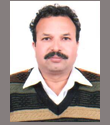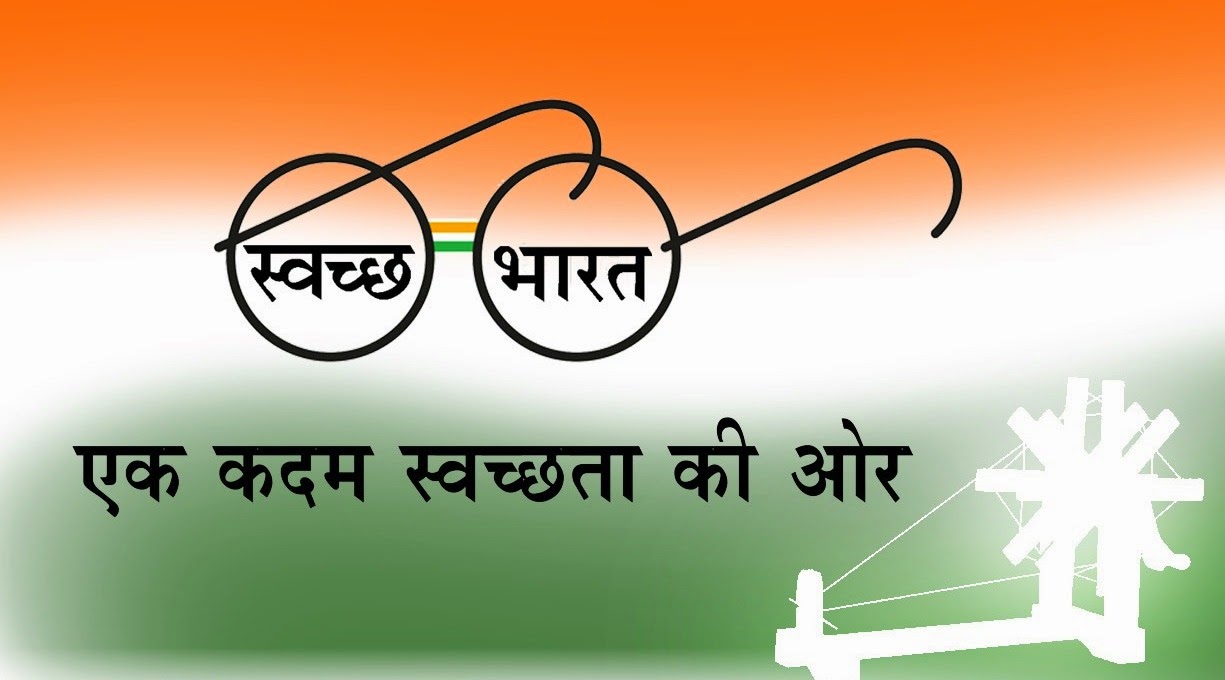Director`s Desk

Dr. Lakshmi Kant
ICAR-Vivekananda Parvatiya Krishi Anusandhan Sansthan, Almora, since inception in the year 1924, is spearheading science and technology led development in agriculture. Established by Padamabhusan Professor Boshi Sen, the institute originally functioned as a ‘one man’ laboratory with limited resources. In 1959, the laboratory was transferred to U.P. Government, and subsequently to ICAR in 1974. In hills, farmers are generally adopting two types of practices i.e. rainfed and irrigated. Major part of hill agriculture is rainfed with several threats. Besides threats, ample opportunities exist to increase the production and productivity of crops. Keeping this in mind, ICAR-VPKAS is working for enhancing the production and productivity of hill agriculture alongwith natural resource management for the state of the hilly region of North-Western (NW) Himalayan states (viz., Himachal Pradesh and Uttarakhand) and Union Territory (viz., Jammu-Kashmir & Ladakh) of India. However, it also extends its technological support to other hilly regions (viz., North Eastern States) of the country.
Besides developing and disseminating new technologies, ICAR-VPKAS has also been developing competent human resources to address the present and future requirements of agriculture in the region. Committed and dedicated efforts of the institute have led to development of 188 varieties alongwith their production and protection technologies, which has enabled the hill farmers to raise food production and their income. These varieties recorded potential yield improvement ranging from 9.3 to 26.1%. In addition, some of the varieties require specific mention like for sweetcorn, babycorn, QPM maize, high calcium, white grain finger millet, Cherry tomato, dual purpose (green fodder cum grain), wheat & Barley, OPV tomato, black soybean etc. However, agriculture is now facing several challenges that are expected to become even more diverse and stiffer. Natural resources (both physical and biological) are deteriorating and getting depleted, risks associated with climate change are rising, new forms of biotic and abiotic stress are emerging, production is becoming more energy intensive, and biosafety concerns are growing. Intellectual property rights and trade regulations impacting technology acquisition and transfer, declining preference for farm work, shrinking farm size and changes in dietary preferences are formidable challenges.
The ICAR-VPKAS, in the last around 99 years of service to the nation with mission “Enhancing productivity and ecological sustainability of hill agriculture through niche-based diversification” has several pioneering achievements like; development of first hybrid of maize (VL Makka 54), onion (VL Piaz 67) and extra early grain and baby corn (VL Makka 42), dual-purpose wheat varieties (VL Gehun 616 and VL Gehun 829) for grain and fodder, conversion of normal maize inbreds into quality protein maize through molecular marker assisted selection and consequent release of Vivek QPM 9, development of Vivek thresher-cum-pearler for finger and barnyard millet, devising a two-pronged strategy for managing the adult beetles and subterranean larvae of the menacing pest 'white grub', development of completely metallic plough VL Syahi Hal, protected cultivation hub and uplifting daily wage earners to entrepreneurs to its credit. Also, three technologies (White Grub Beetle Trap, a process for the mass production of Bacillus thuringiensis (Bt) biocide using millet grain based agro-medium, sampling apparatus for in situ volatile collection) were patented.
The institute is working continuously making conscious efforts to meet the changing demand of hill agroecosystem in the era of climate change and globalization. The institute has implemented Government of India scheme to provide best technologies to the hill farmers. The special population of Tribes and scheduled caste farmers is being served through the TSP and SCSP programmes in the unprivileged remote locations. The technology basket of the institute, through its outreach activities, reached even to the far flanged villages in North Eastern Himalayan regions.














